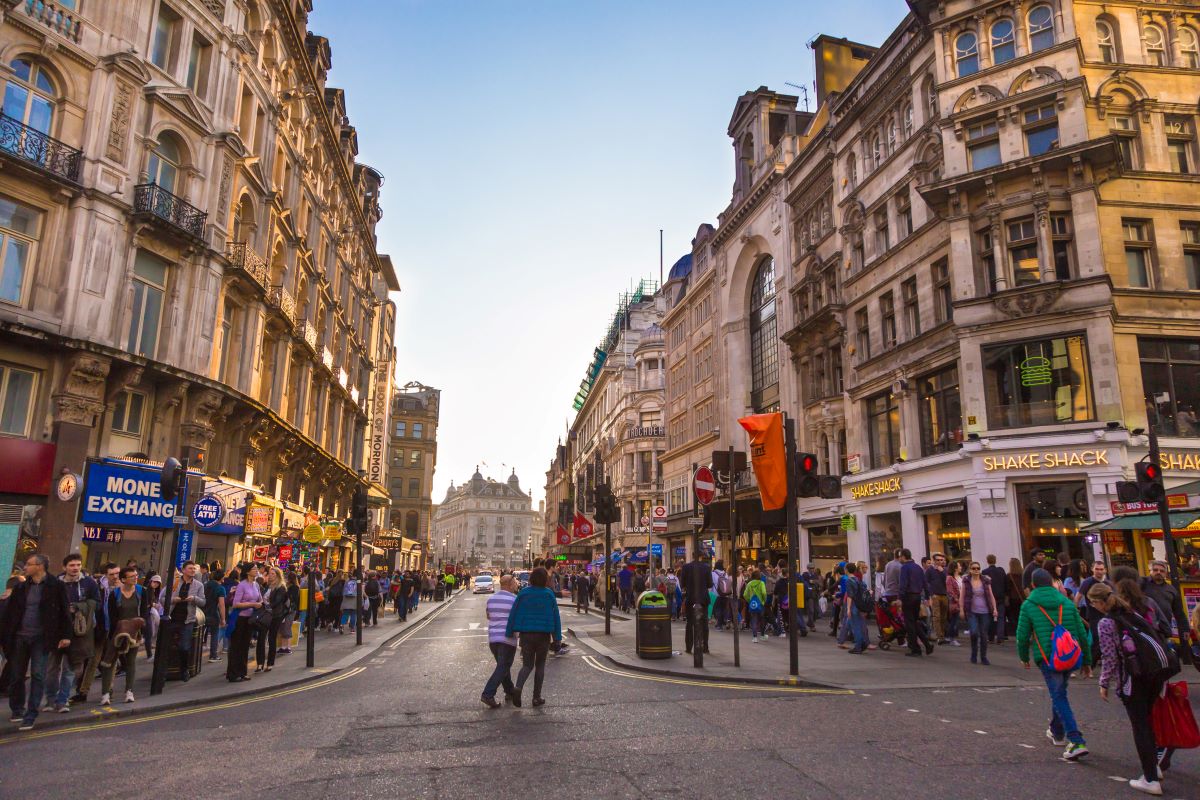What Is Footfall?

Navigating the maze of modern retail, from the storied corridors of London’s Oxford Street to Manchester’s bustling Market Street, the term ‘footfall’ emerges as an essential metric. But what exactly is footfall, and why does it hold such significance in the world of commerce?
Understanding Footfall
At its most basic, footfall refers to the number of people entering a particular space during a specified period. In the retail context, it represents the count of customers walking into a shop, mall, or a specific shopping area.
The Importance of Footfall in Retail
- Business Strategy & Planning: Like a doctor monitoring a patient’s pulse, businesses monitor footfall to gauge their health. Higher footfall often translates to higher potential sales. Brands like Marks & Spencer or John Lewis use these metrics to make informed decisions, from staffing levels to stock management.
- Marketing & Promotion Effectiveness: Imagine launching a new advertising campaign or in-store promotion. How do you measure its success? The increase (or decrease) in footfall can offer vital clues. Events like the annual Boxing Day sales or Black Friday draw massive footfalls, and their success is often gauged by the number of feet hitting the store floors.
- Real Estate & Renting Decisions: Areas with higher footfall often command higher rents. Prime locations like Regent Street or Birmingham’s Bullring shopping centre are premium spaces, in part due to their impressive footfall figures.
Measuring Footfall
Historically, the process was manual, with individuals using clickers to count customers. However, technology has revolutionised this domain:
- Electronic Counters: Positioned at entrances, these devices automatically count customers entering and exiting, providing accurate daily figures.
- CCTV & Video Analysis: Modern systems use video feeds to count customers, offering the advantage of post-analysis to understand shopper behaviour.
WiFi & Mobile Tracking: Some advanced methods track mobile phones’ WiFi signals, offering insights into numbers, patterns, and dwell times.
Choosing a Franchise Path
On the franchise front, entrepreneurs can capitalise on the established market presence of a known brand. This path often includes a predefined business model, simplifying operations for entrepreneurs needing more experience.
Franchisees may face reduced initial marketing and operational costs, as these are typically part of the franchisor’s support system. Additionally, established relationships with suppliers and partners facilitated by the franchisor can benefit business growth.
However, joining a franchise system also involves adherence to the franchisor’s guidelines and may involve ongoing fees, such as royalties based on revenue.
When seeking financial support, entrepreneurs may find that banks are more receptive to funding a franchise due to the proven business model and existing brand recognition.
Starting an independent business and opening a franchise come with distinct paths and potential outcomes. When making this critical decision, entrepreneurs should consider their personal goals, risk tolerance, and commitment level. Careful deliberation and market research are paramount in choosing the path that aligns with an individual’s business aspirations and resources.
Footfall Beyond Retail
While the concept has its roots in retail, it has broader applications. Tourist attractions, for example, monitor footfall to understand popularity. The British Museum or Edinburgh Castle, renowned tourist magnets, employ footfall data to enhance visitor experience, manage crowd control, and even determine ticketing strategies.
The Challenges & Critiques
Like any metric, footfall has its challenges. It doesn’t necessarily equate to sales – high footfall with low conversion rates might indicate window shoppers rather than buyers. The advent of online shopping also complicates the picture. While the streets of London or Liverpool might be teeming, many might be showrooming — examining products in-store, only to buy online.
Mail Boxes Etc And Footfall
In the context of increasing footfall, MBE (Mail Boxes Etc.) effectively leverages a diverse range of services. Their mailbox services offer a secure and convenient solution for both individual and business mail needs, attracting a steady stream of local customers. MBE’s auction services draw in sellers and buyers, catering to a unique market segment and enhancing in-store traffic.
The pack and shipping services are indispensable for B2C and B2B clients, offering hassle-free logistics solutions that are essential for businesses and individuals alike. Additionally, MBE’s print and marketing services attract various customers seeking professional and high-quality printing solutions, from small-scale personal projects to large corporate marketing campaigns.
Lastly, MBE’s comprehensive business solutions, including administrative and support services, cater to the needs of local businesses, thereby driving consistent B2B footfall to their locations. Each of these services meets specific customer needs and synergistically contributes to increasing foot traffic within MBE establishments.
Footfall is more than just a count of shoes on a shop floor. It’s a pulse, a rhythm that offers insights into business health, consumer behaviour, and market trends. In the ebb and flow of the retail world, understanding footfall remains paramount for businesses aiming to stay a step ahead.
